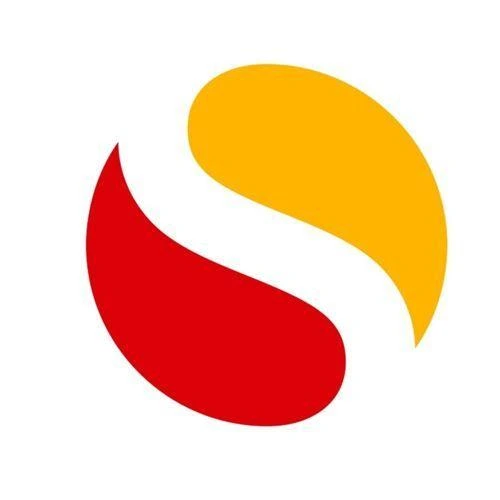|| Mechanical CAD Training Course
The Mechanical CAD Course is designed to provide comprehensive, placement-oriented training in various CAD software widely used in mechanical engineering and product design. The course covers a range of industry-standard software including AutoCAD Mechanical, SolidWorks, PTC CREO, Solid Edge, UG-NX CAD, Inventor, CATIA, and Ansys.
tudents will learn AutoCAD Mechanical for precision drafting and mechanical design, SolidWorks for 3D modeling and simulation, PTC CREO for parametric design and analysis, Solid Edge for synchronous technology and assembly modeling, UG-NX CAD for advanced product design and engineering, Inventor for digital prototyping and product simulation, CATIA for aerospace and automotive design, and Ansys for finite element analysis (FEA) and computational fluid dynamics (CFD). With hands-on projects and placement support, learners gain the practical skills required to become job-ready for top mechanical design and engineering roles.
This comprehensive training equips students with the necessary skills to excel in mechanical CAD design, product development, and engineering analysis across various industries. Graduates of this program are prepared to pursue careers as CAD designers, mechanical engineers, product development specialists, and more, benefiting from BIT’s dedicated placement cell, career guidance, and placement assistance to maximize their job opportunities in the competitive engineering market.
Please contact the nearest BIT training institute or send an email to inquiry@bitbaroda.com with any additional questions you may have regarding our Mechanical CAD training course. We offer a free demo by calling us at +91-9328994901. We offer top-notch Mechanical CAD classes with placement support in Vadodara-Sayajigunj, Vadodara - Waghodia Road, Vadodara - Manjalpur, Ahmedabad, Anand, and Nadiad.



 4.8 (21,636) reviews
4.8 (21,636) reviews


 Read more
Read more 
